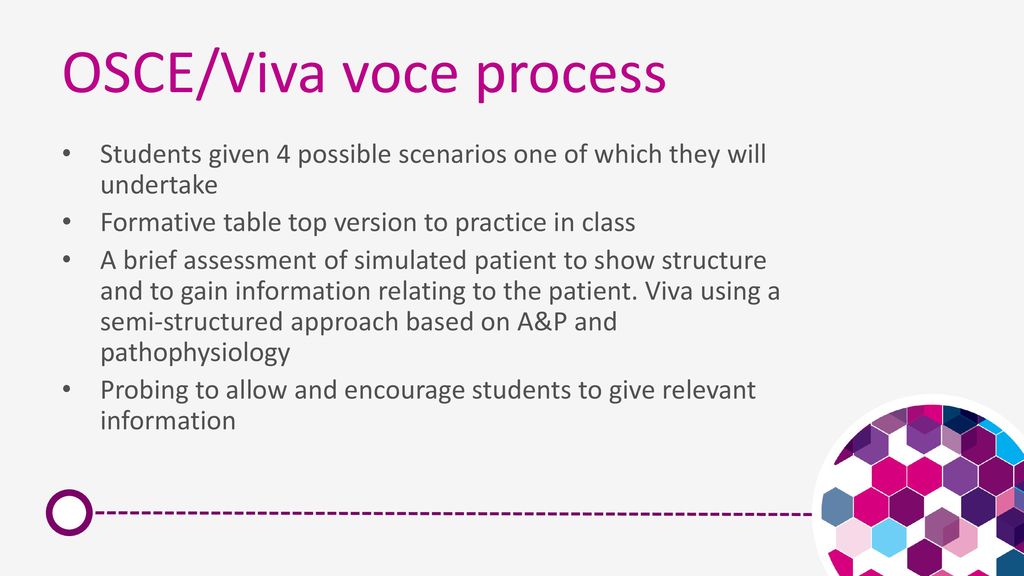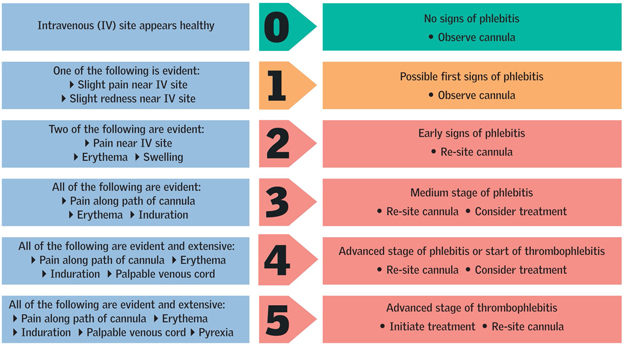Facts About the OSCE Viva Process for the NMC OSCE
Facts About the OSCE Viva Process for the NMC OSCE

The Nursing and Midwifery Council (NMC) Objective Structured Clinical Examination (OSCE) is a critical assessment for overseas nurses aiming to practice in the UK. One unique aspect of the OSCE is the Viva process, which can be a bit daunting if you’re not familiar with it. Here’s a detailed look at what you need to know about the OSCE Viva process.
What is the OSCE Viva?
The OSCE Viva is an oral examination component that allows candidates to verbally rectify an omission at the end of a station. It is designed to give candidates an opportunity to demonstrate their knowledge and understanding if they missed a key point during the practical assessment.
Key Facts About the OSCE Viva
- Purpose: The Viva is used to assess a candidate’s knowledge and understanding of specific aspects of the mark scheme that were not demonstrated during the practical station
- Timing: The Viva can only be applied once per OSCE exam and is conducted at the end of the station when the timer reaches zero
- Eligibility: It is only applied during a first attempt examination and not during re-sit exams
- Application: The examiner decides to apply the Viva if they recognize an omission within the station time. It cannot be used to rectify poor technique in a practical skill station or for silent written stations
- Content: During the Viva, the examiner will ask specific questions related to the missed item on the mark scheme. The candidate must answer these questions to demonstrate their knowledge.
How to Prepare for the OSCE Viva
- Understand the Mark Scheme: Familiarize yourself with the mark scheme for each station. Knowing what is expected can help you avoid omissions.
- Practice Verbalizing Knowledge: Practice explaining your thought process and knowledge verbally. This can help you feel more comfortable during the Viva.
- Stay Calm and Focused: If you are selected for a Viva, stay calm and focused. Listen carefully to the examiner’s questions and answer them clearly and concisely.
- Review Common Omissions: Review common omissions and areas where candidates typically struggle. This can help you prepare for potential Viva questions.
Tips for Success
- Be Thorough: During the practical stations, be thorough in your assessments and procedures to minimize the chance of omissions.
- Communicate Clearly: Clear communication can help you convey your knowledge effectively during the Viva.
- Stay Informed: Keep up-to-date with any changes or updates to the OSCE process by regularly checking the NMC website and other reliable sources.
By understanding the OSCE Viva process and preparing effectively, you can increase your chances of success in the NMC OSCE.






